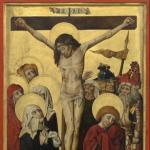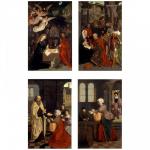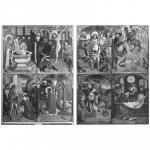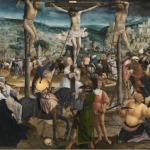This archived website 'Flemish primitives' is temporarily not being updated. Certain functionality (e.g. specific searches in the collection) may no longer be available. News updates about the Flemish primitives will appear on vlaamsekunstcollectie.be. Questions about this website? Please contact us at info@vlaamsekunstcollectie.be.
WORLDVIEW: exotic primitives
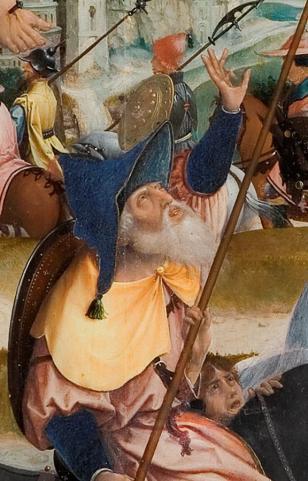
The period in which the Flemish Masters produced their paintings was a time of innovation and discovery. Discovery expeditions, crusades and pilgrimages brought evidence of new worlds and cultures.
Bruges is a cosmopolitan meeting point between Italian cities and the Northern European Hanze. Merchants and traders from remote places stop here and bring goods, spices, as well as stories from unknown locales to the North.
Artist are not immune to these influences and often exotic elements are found in the works of the Flemish primitives. We see this primarily in the detailed rendering of the foreign clothing and headdress, textiles, ornaments and vivid colours. Elements from oft-embellished travel stories were used by artists in their imagery, of which did not convery a full sense of trustworthiness. In addition, the exotic element was used to portray negative figures. Beginning in the 15th Century, Jews are dressed as islamic easterners with beards or moustaches, turbans and rigid attire, a symbol of non-belief.
Vanessa Paumen

